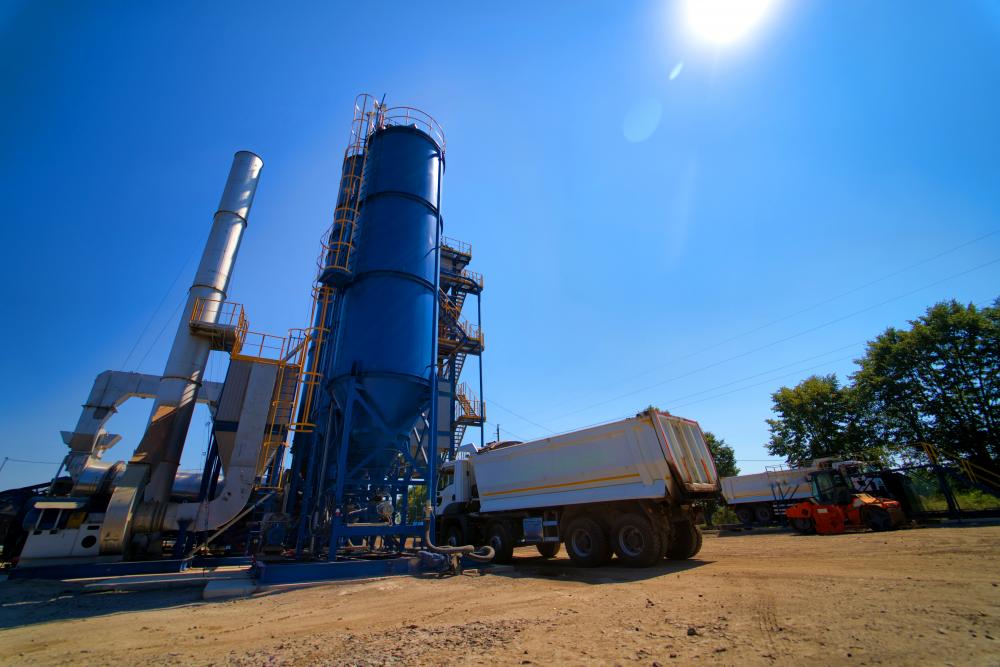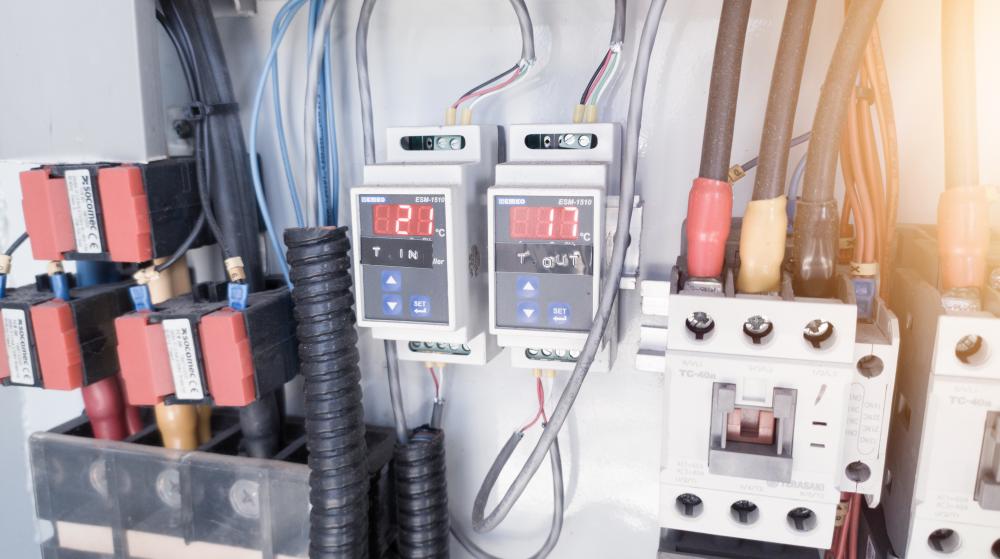
The Importance of Sand Dryers
In the vast and ever-evolving landscape of industrial processing, the significance of efficient moisture removal from sand cannot be overstated. At Player Design Inc. (PDI), we’ve seen firsthand how the right sand dryer can make a substantial difference in operations, particularly for industries reliant on dry, high-quality sand for various applications. These include not just the oil and gas sector, where sand plays a crucial role in hydraulic fracturing, but also in construction, foundries, and glass manufacturing, among others.
Every granule of dampness adds unnecessary weight, leading to higher transportation costs, not to mention the potential degradation of product quality. Enter the sand dryer, a quintessential piece in the puzzle of industrial efficiency, designed to address these very concerns. The technology behind sand drying has evolved significantly, with innovations aimed at enhancing energy efficiency, reducing carbon footprints, and ultimately, supporting sustainability–a core principle at PDI.
How Sand Dryers Work
Basic Mechanism
The underlying principle of a sand dryer is relatively straightforward: heated air is used to evaporate moisture from the sand, with the dryer typically operating in a rotating drum design. This process is not merely about removing water–it’s about doing so efficiently and uniformly, ensuring the end product meets stringent quality standards.
Custom Solutions by PDI
Understanding that each sand drying project comes with its unique set of requirements, PDI prides itself on offering bespoke solutions. Our approach involves a thorough analysis of our client’s specific needs, factoring in the type of sand, moisture content, and desired throughput, to engineer a system that not only dries sand effectively but does so in the most energy-efficient manner possible. The goal is to minimize operational costs while maximizing the quality of the output.
Types of Sand Dryers
There’s no one-size-fits-all when it comes to sand dryers, and at PDI, we specialize in tailoring our engineering solutions to fit the diverse needs of our clients. While rotary drum dryers are among the most widely used, fluidized bed dryers offer an alternative approach, particularly beneficial for materials requiring precise temperature control and fast processing times.
Each type brings its advantages to the table, but choosing the right one depends on various factors, such as the sand’s initial moisture content, particle size, and the specific requirements of the application. Our team at PDI works closely with clients to navigate these considerations, leveraging our vast experience to select or design the most suitable dryer type.
Enhancing Efficiency
At PDI, our commitment to engineering sustainable solutions extends into the realm of enhancing the efficiency of sand drying processes. By integrating state-of-the-art technology, such as heat recovery systems, we’re able to significantly reduce the energy consumption of our sand dryers. This not only decreases operating costs for our clients but also aligns with our overarching mission to promote environmental responsibility.
Efficiency also means ensuring minimal downtime and consistent output quality, which is why our designs emphasize reliability and ease of maintenance. Our experience tells us that the more user-friendly and accessible the system, the better the long-term performance and sustainability.
Applications of Sand Dryers
The use of sand dryers spans a multitude of industries, each with its unique requirements. In the oil and gas sector, for instance, the role of sand as a proppant in hydraulic fracturing makes the consistent quality of dry sand paramount. Similarly, in construction, precisely dried sand is crucial for making strong, durable concrete.
Our projects have also catered to the glass manufacturing industry, where the purity and moisture content of sand directly influence the quality of the glass produced. Across these applications, the diligent selection and customization of sand drying equipment are critical, underscoring the versatility and necessity of high-performance sand dryers in industrial operations.
The PDI Advantage
Why choose PDI for your sand dryer needs? It’s not just about the equipment; it’s about the comprehensive, tailored engineering solutions that we provide. Our client-centric approach ensures that each project benefits from our full suite of services, from initial assessment and custom design to installation and ongoing support.
Our patented technology and innovative engineering techniques set us apart, allowing us to offer sand drying solutions that are not just effective but are designed with the future in mind. We’re not just meeting today’s needs; we’re anticipating tomorrow’s challenges, ensuring our clients are equipped with solutions that are sustainable, efficient, and forward-thinking.
With offices in Maine and a global reach, our team is ready to bring our expertise to your next project. Whether you’re dealing with frac sand, construction sand, or any other type, PDI has the knowledge, experience, and technology to deliver a sand dryer system that meets and exceeds your expectations.

How does a sand dryer work?
At its core, the principle of a sand dryer is all about removing moisture from sand efficiently and uniformly. Imagine putting your wet clothes in a tumble dryer; similarly, a sand dryer operates, but on a much larger scale. We use heated air to evaporate moisture from the sand, typically in a rotating drum. This isn’t just about drying; it’s about ensuring the sand meets the high-quality standards required for various industrial applications. The uniform drying process prevents clumping, ensuring every grain of sand is perfectly dry.
How do you dry sand quickly?
Drying sand quickly is all about optimizing the drying process for speed and efficiency. At our company, we’ve honed this process to an art. We utilize high airflow and temperature control to rapidly remove moisture, employing the latest in sand drying technology. The key is to balance the temperature and airflow to avoid overheating or under-drying, ensuring the sand exits the dryer not just quickly but in pristine condition. It’s not a one-size-fits-all; we tailor each system to the specific type of sand and moisture levels we’re dealing with.
What is the method of drying sand?
The method of drying sand involves a combination of heat and airflow to evaporate moisture from the sand. One common method utilizes a rotary drum dryer, where the sand is moved through a heated drum as hot air is circulated through it. This method is efficient and effective for large-scale operations, ensuring uniform drying of the sand. Our approach varies depending on the project’s specifics – moisture content, quantity of sand, and desired drying speed all play a role in how we design our drying solutions.
Can sand damage a dryer?
It’s an interesting question and one we hear quite often. Industrial sand dryers are robust, designed to handle the abrasive nature of sand. However, regular maintenance is key to preventing wear and tear. In household dryers, sand can indeed be problematic, causing wear or even damage. In contrast, our industrial sand dryers are built with this challenge in mind, featuring materials and components resistant to abrasion. We also emphasize ease of maintenance, ensuring any potential damage is preemptively managed.
What are some unique considerations for designing sand dryers?
Designing sand dryers isn’t a cookie-cutter process; it requires a deep understanding of the unique characteristics of each project. One crucial consideration is the sand’s specific moisture content and the target moisture level after drying. The size and consistency of the sand grains also significantly influence the design, as these factors determine how the sand moves through the dryer and how quickly moisture evaporates. Additionally, energy efficiency and environmental impact are at the forefront of our design process. We integrate advanced technology, like heat recovery systems, to create dryers that not only perform exceptionally but also uphold our commitment to sustainability. It’s about finding the sweet spot between operational efficiency, product quality, and environmental responsibility.
Sand Dryer Resources
- Environmental Protection Agency (EPA) – The EPA website provides information on environmental regulations and sustainability practices that can be utilized in sand drying processes.
- Occupational Safety and Health Administration (OSHA) – OSHA offers guidelines and regulations for ensuring the safety of workers in industrial settings, including those using sand dryers.
- U.S. Geological Survey (USGS) – The USGS website provides valuable data on sand deposits, which can be useful for understanding the geological aspects of sand drying processes.
- National Renewable Energy Laboratory (NREL) – NREL’s research on renewable energy technologies can offer insights into enhancing the energy efficiency of sand dryers.
- National Science Foundation (NSF) – The NSF funds research projects that could lead to innovations in sand drying technology, making it a valuable resource for staying updated on advancements in the field.